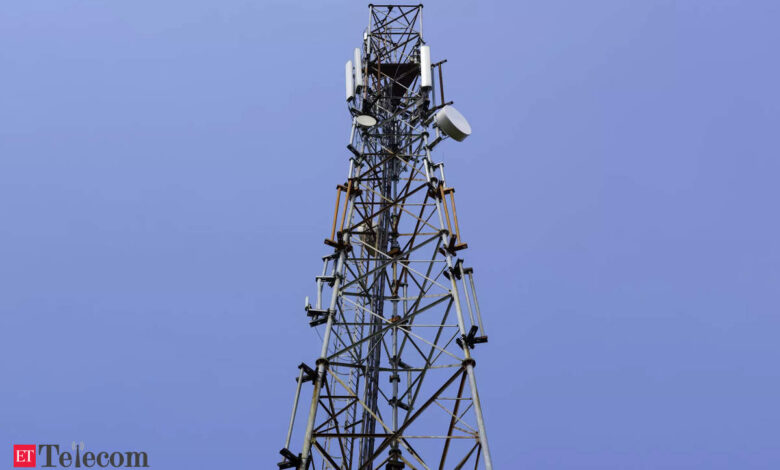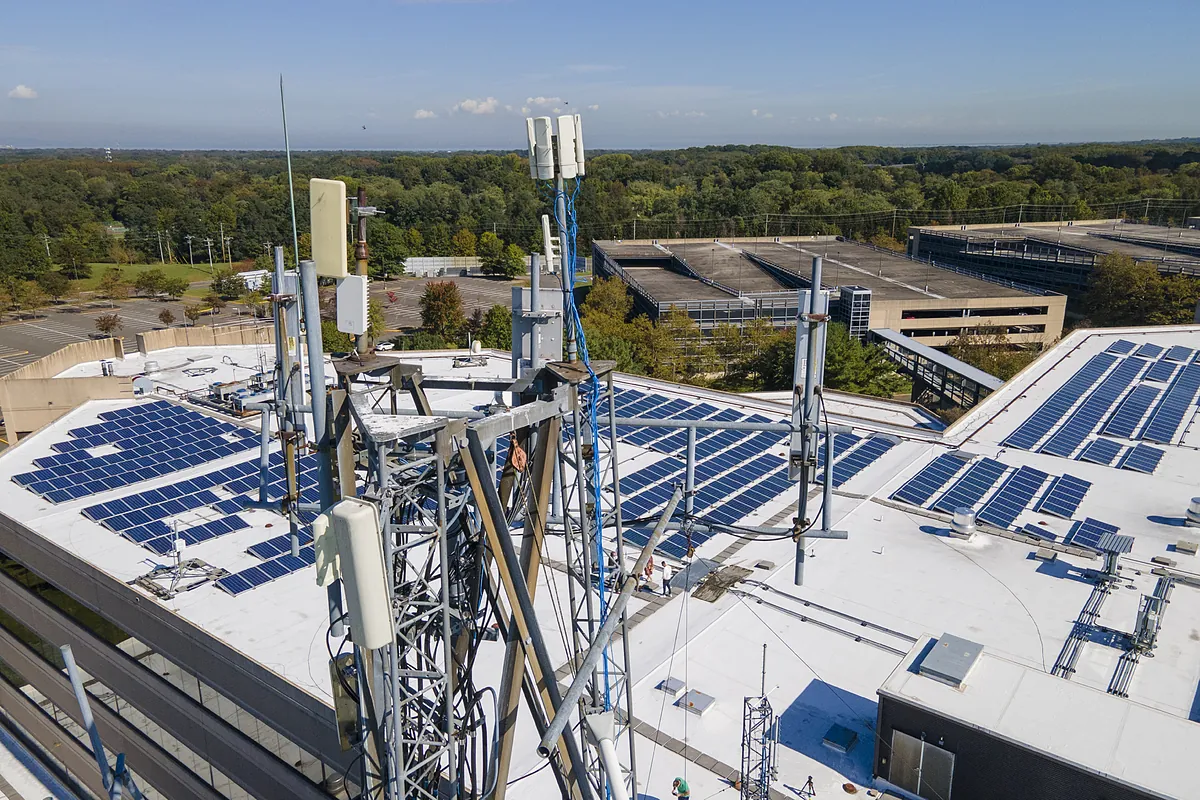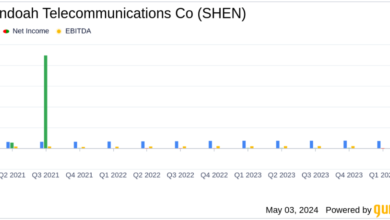Demand from enterprises keeps telcos’ voice channel revenue growing, ET Telecom

Mumbai: At a time when telecom operators are unable to monetise personal voice calling amid unlimited bundled packs and a shift towards WhatsApp calling, the voice channel continues to be one of the major revenue contributors on the enterprise side, said experts.
As startups and digital-native services expand in India, companies are largely taking to IVR (interactive voice response), outbound calling, missed call authentication, payment reminders and other customer services telephony via contact centres in the voice call segment.
“In India, there are almost 9,000 new digital-native businesses such as food-tech, insure-tech, ecommerce, etc., added each year which are increasing the need for customer support services through all communication channels such as SMS, WhatsApp, chatbots and ultimately voice calls,” said Angira Agrawal, business head, India & Saarc at Exotel. The company is the leader in the virtual call routing segment and has handled peak-hour volumes of 70 million calls a day.
continued below
Call routing is a call management feature, commonly found in contact centre software, that automatically distributes incoming calls based on a contact centre’s criteria or team’s capacity.
“Traditional telecom channels such as SMS and voice are device-agnostic and can serve critical geographies such as Jammu & Kashmir,” said Nitin Singhal, managing director of cloud communications company Sinch. “Therefore, the relevance of these channels is here to stay and in fact keep growing as the most economical and convenient mediums.”
As per industry estimates, there are 3-4 billion voice calls made through enterprise channels per month. While this may appear miniscule when compared to the SMS channels which record nearly 45 billion text messages a day, voice is a larger value generator, priced at 60 paise a minute as against 11 paise per SMS.
In some bulk deals, telecom companies negotiate call prices based on shorter duration: for instance, 7 paise for a 15-second pulse, followed by 14 paise for 30 seconds and so on.
“Although enterprise voice traffic is lower than SMS, its operating margins are much better at 30-50% as compared to SMS which offers only an 8-10% margin,” said said Aniketh Jain, founder of customer communications startup Fyno. “But one disadvantage with telemarketing calls is low success rates. Out of 100 calls, subscribers chose to answer hardly 25, which adds costs to the enterprise without generating any value,” he said.
Reliance Jio, Bharti Airtel and Vodafone Idea didn’t respond to ET’s emailed queries.
Out of all communication channels, enterprises still have 30-40% dependency on the voice channel to reach customers.
“In fact, call masking service has become an important need for D2C services such as Uber, Zepto, Swiggy, etc., to mask phone numbers of caller and the recipient through cloud telephony. It has solved problems such as rider traceability,” Jain said.
Harsha Solanki, vice president and general manager-Asia at marketing platform Infobip, said the contact-centre-as-a-service model is experiencing explosive growth, fuelled by digital adoption and a mobile-first customer base.
“The contact centre model has historically been dependent on phone calls and voice, but with the increased mobile penetration, it has diversified from call centres to contact centres – where providing real-time support via chat apps, RCS, SMS, email along with voice has become imperative,” she said.
Most Read in Industry
Join the community of 2M+ industry professionals
Subscribe to our newsletter to get latest insights & analysis.
Download ETTelecom App
- Get Realtime updates
- Save your favourite articles



